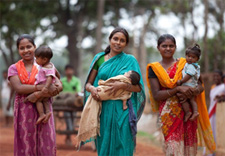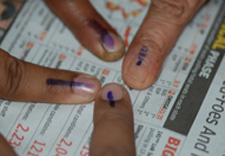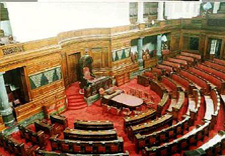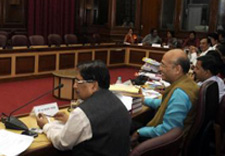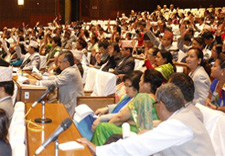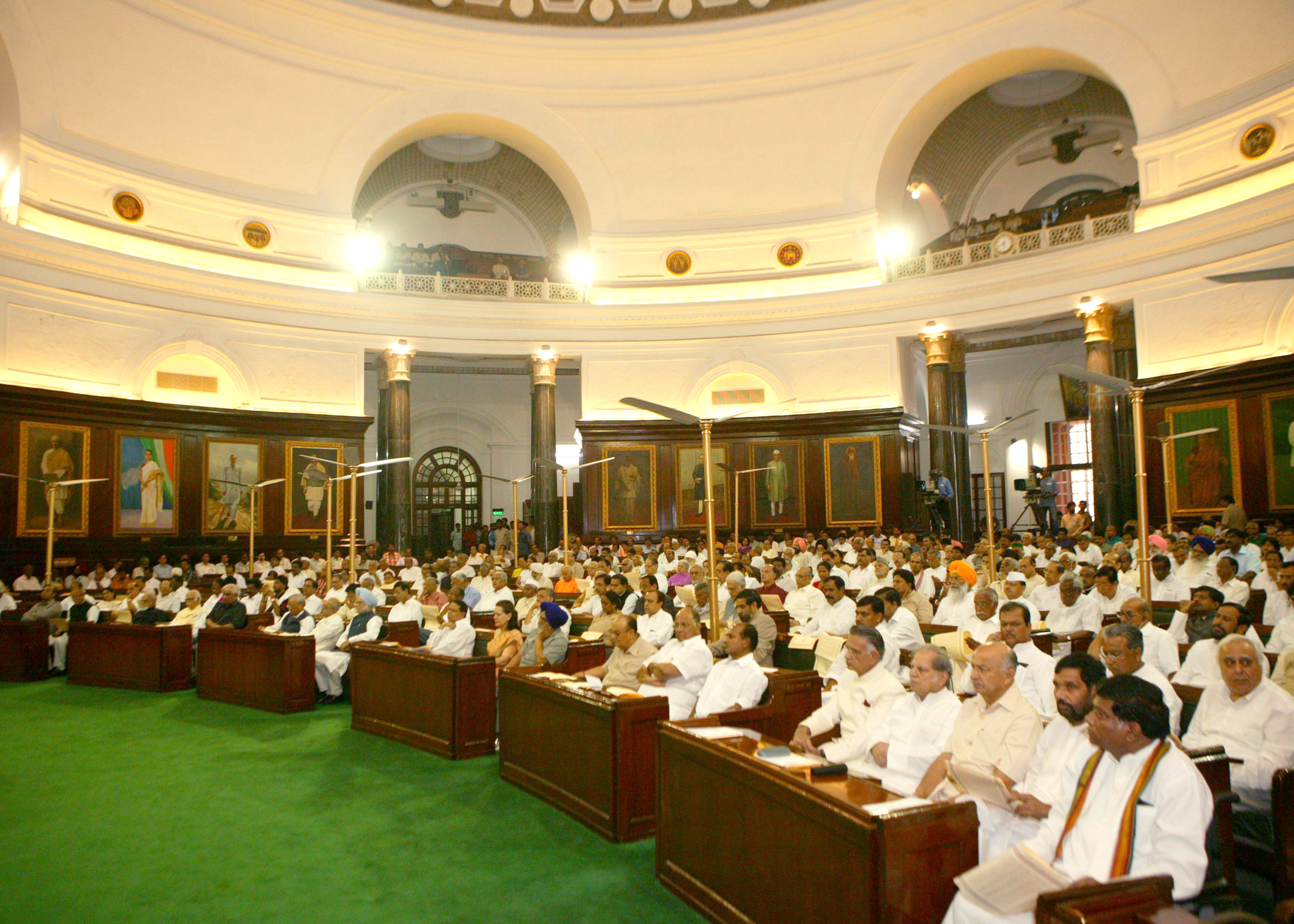Child Labour Free India: Essential Steps : Is the burden ‘to help’ too much for young shoulders?
There is rarely a space traversed in the country, where one would be spared from the sight of children at work. This is, despite having a child labour law in implementation for almost 30 years. Census 2011 says there are 1 crore children at work in India, though the figure for child labour stated by government is 4.3 million. The nation stands at the cusp of amending the child labour law, giving legal sanction to children helping families by working in fields and other home based activities to supplement family income, learn and preserve traditional skills. It is slipped in as a provision alongside a major section, which bans all child labour under the age of 14 years. Children do help at home, and it’s not wrong for them to. However, such a provision would create a loophole in the law, which would deny many children who are being exploited, the access to legal recourse and would perpetuate child labour in the country.
Though the proposed amendment does state that children must have no disruptions in school, study time and recreation, there are no systems to monitor or ensure the same. The current economic growth regime is increasingly pushing manufacturing and production units into homes, offers limited protections for workers, and payments based on pieces produced. Also, definitions of family are ambiguous and anyone can be an uncle, niece or nephew. In this context, leaders, and lawmakers would realize that such an amendment would lead to millions of children working long hours, in cramped dimly lit, unventilated spaces, cutting, rolling, moulding, even inhaling toxic fumes. Would these children be in good health? Would they really have the time for school, examinations or even for rest or play? Is the burden ‘to help’ too large for their young shoulders?
The country would do much better by its children if it did instead:
- Remove
the provision allowing children to help in family enterprise and home based
activities from the proposed amendment to the child labour law.
- Consider revision of Article 24 of the Constitution of India, and review the identification of only those children under 14 as child labourers, as well as the revision of the Right to Free and Compulsory Education Act, to make education free and compulsory until class 10 at the minimum.
- Develop an exhaustive list of hazardous occupations including as many occupations as possible and institute a system to review and modify the same regularly, to include more occupations as they emerge.
- Include curriculum in all schools on traditional arts, skills, and occupations, give all children in all schools an opportunity to learn and preserve the same, and also include the use of technology, e-commerce, to increase productivity and market access in the curriculum.
- Precede any amendment by: a comprehensive review of the implementation of the current child labour law based on experiences of children, government machinery involved in responding to cases, and practitioners working on the ground; and appropriate investments in infrastructure, human resources, and services for prevention, monitoring, rescue and rehabilitation of exploited children.
(This article was originally published in the PGC Newsletter, Winter Session Issue: Nov-Dec 2015)
-Nicole Rangel, Child rights activist, Child Line


 13 March 2016
13 March 2016  0 Comments
0 Comments Updated News
Updated News